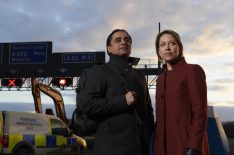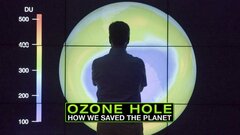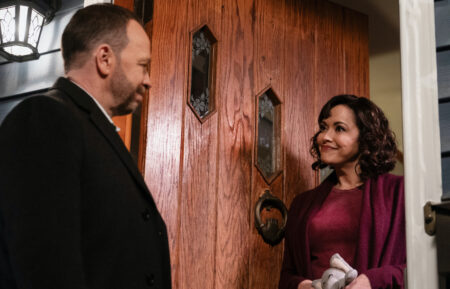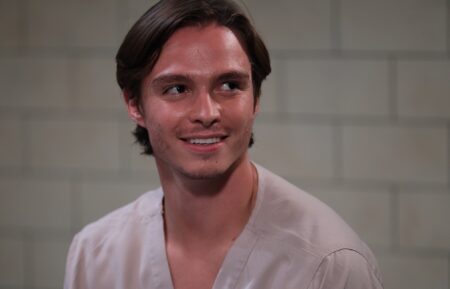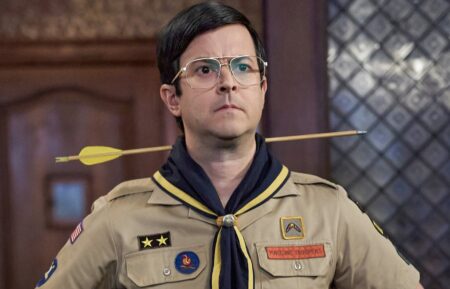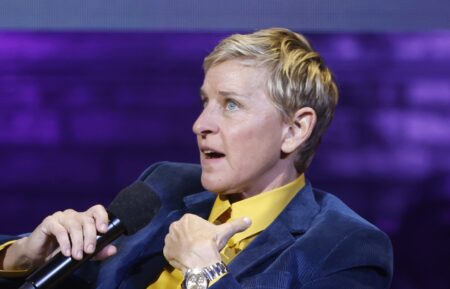‘Ozone Hole: How We Saved the Planet’: The True Story of an Apocalypse Avoided
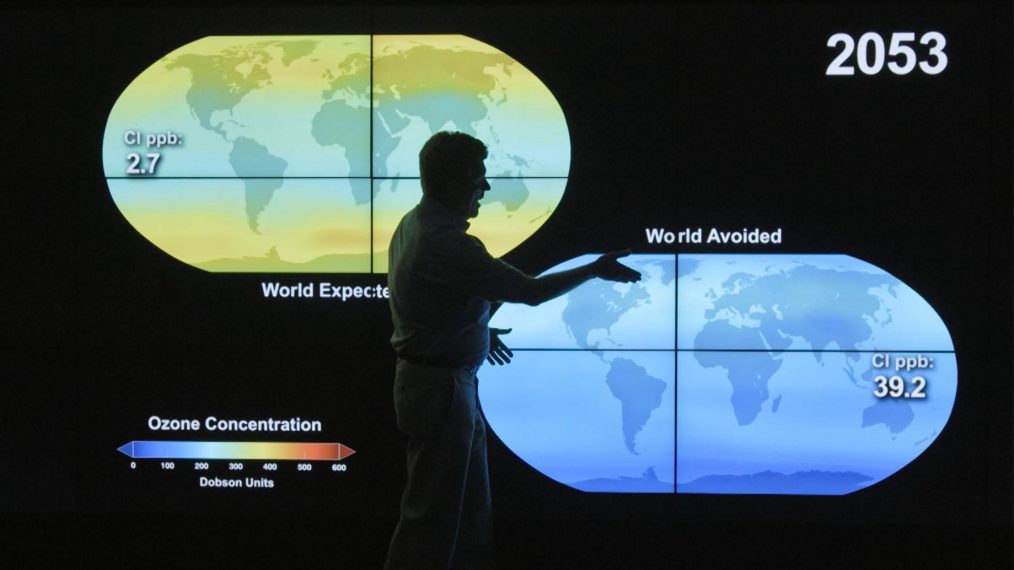
Ozone Hole: How We Saved the Planet documents how scientists, world leaders and two of the most unlikely eco-warriors, Ronald Reagan and Margaret Thatcher, worked together to prevent an environmental catastrophe.
The story, which lands on PBS on Wednesday, April 10, begins in the 1920s when a brilliant chemist, Thomas Midgley Jr., unwittingly developed a chemical that would threaten all life on Earth: chlorofluorocarbons (CFCs).
CFCs, sold under the brand name Freon, proved to be such useful chemicals that they soon appeared in all kinds of everyday products: air conditioners, aerosol sprays, solvents for cleaning circuit boards, even inhalers for asthmatics.
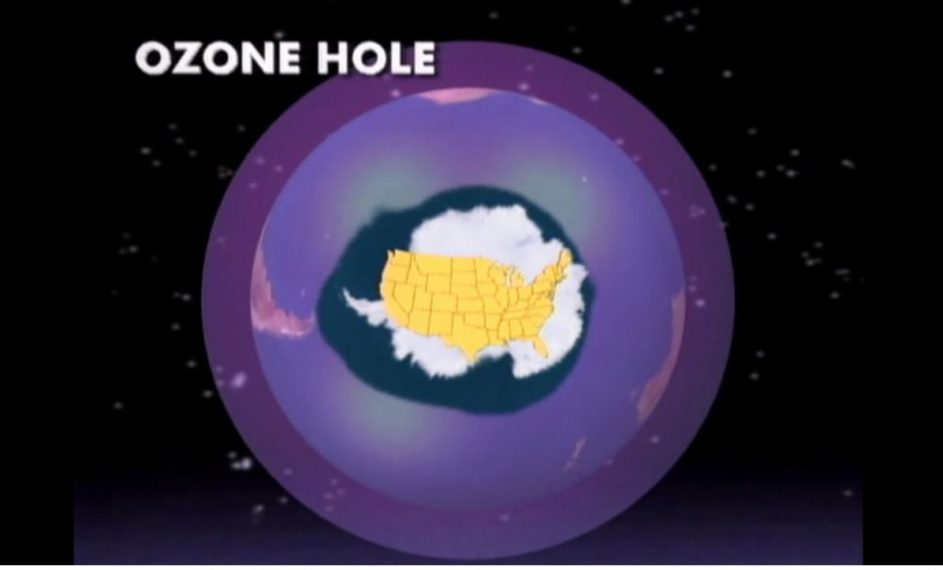
Courtesy of Windfall Films/PBS
But in the 1970s, chemists Sherwood Rowland and Mario Molina discovered that these seemingly innocent CFCs were actually destroying the ozone layer at a terrifying rate. If continued unchecked, the world faced a perilous future — one in which humans would be forced to hide from daylight due to the harmful unfiltered UV radiation, and one where agriculture and entire ecosystems would collapse.
Ozone Hole chronicles their efforts to be taken seriously by the government and by the chemical company officials whose buy-in was required to stop the production of the offending chemicals and ward off the disaster.
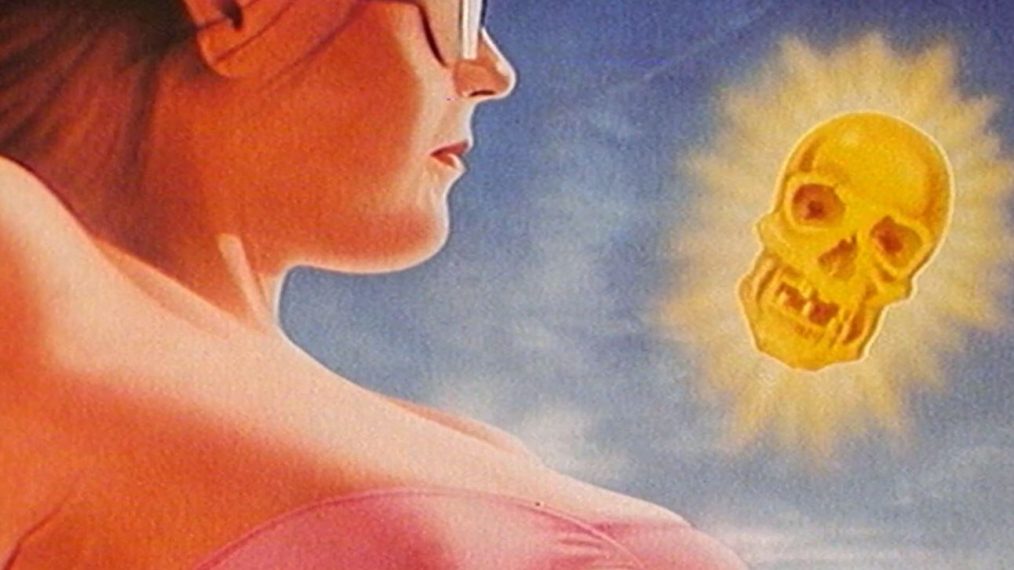
Courtesy of PBS
The film includes the voice of former EPA administrator Lee Thomas, who describes the work that had to be done to convince the Reagan administration that CFCs presented a genuine threat. George Shultz, President Reagan’s Secretary of State, recalls how the President, a skin cancer survivor who understood the danger of unfiltered UV rays, eventually agreed that an international treaty to phase out the production of CFCs would be a sensible insurance policy.
In September 1987, with the U.S. leading the way, more than 30 countries agreed to cut the use of CFCs and signed the Montreal Protocol, the world’s first-ever global treaty to reduce pollution.
Three years later, Margaret Thatcher, a chemist by trade, urged the world’s nations to support the Montreal Protocol so that CFCs could be phased out entirely and new ozone-friendly technologies be adopted in both developed and developing nations.
It worked, and today the ozone hole is showing signs of recovery. Scientists predict that it will recover completely by 2065.
Ozone Hole: How We Saved the Planet, Premieres Wednesday, April 10, 10/9c, PBS (Check your local listings)

